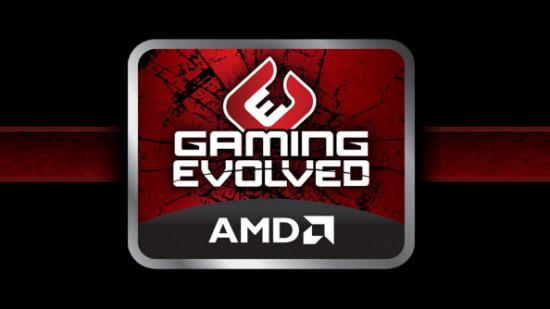Recently I dived into the respective R&D budgets of Intel, NVIDIA, and AMD and concluded that however the latter plan to claw back market share, it isn’t by throwing money and the folks in the labs. With this snippet from AMD’s 2016 roadmap though, a clearer picture emerges of how Team Red can assert dominance – and it comes from making Freesync work with HDMI and the new DisplayPort 1.3.
Which games will you really notice the benefits of adaptive refresh rates like AMD’s Freesync? Why, the best PC racing games of course. Okay, that one was a stretch.
New info from PC World indicates some big plans at the AMD camp to propagate Freesync onto as many display standards as possible in 2016 and beyond.
A key part of that plan involves getting Freesync working over HDMI ports next year. Currently Freesync only works with high-end DisplayPort monitors, and that’s limiting the tech’s adoption rate. However as of 2016, any existing GPU that supports Freesync over DisplayPort will also support it over HDMI 1.4 and 2.0.
That means we could see a big swell of Freesync support from mid-range monitors in the near future, and that in turn might influence gamer’s GPU purchasing behaviours. Eight new monitor models, say AMD, from LG, Samsung, and Acer will all feature Freesync HDMI compatibility.
AMD are also moving into the mobile market, adding Freesync support toLenovo’s new Y700 laptop, priced at $899. The company also addressed the ‘image judder’ issue with some existing Freesync monitor with the addition of a ‘Low Frame Rate Compensation’ algorithm in their new Radeon Software Crimson driver package.
Freesync will also work over the upcoming DisplayPort 1.3 standard, which features a max bandwidth of 32GB/s – enough to power ultra-high refresh rates at 4K and beyond.
